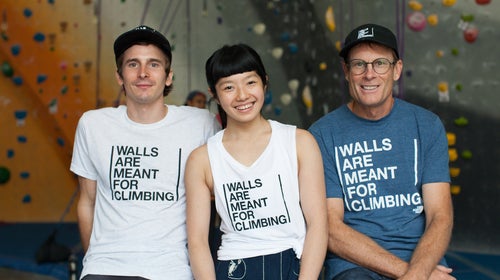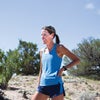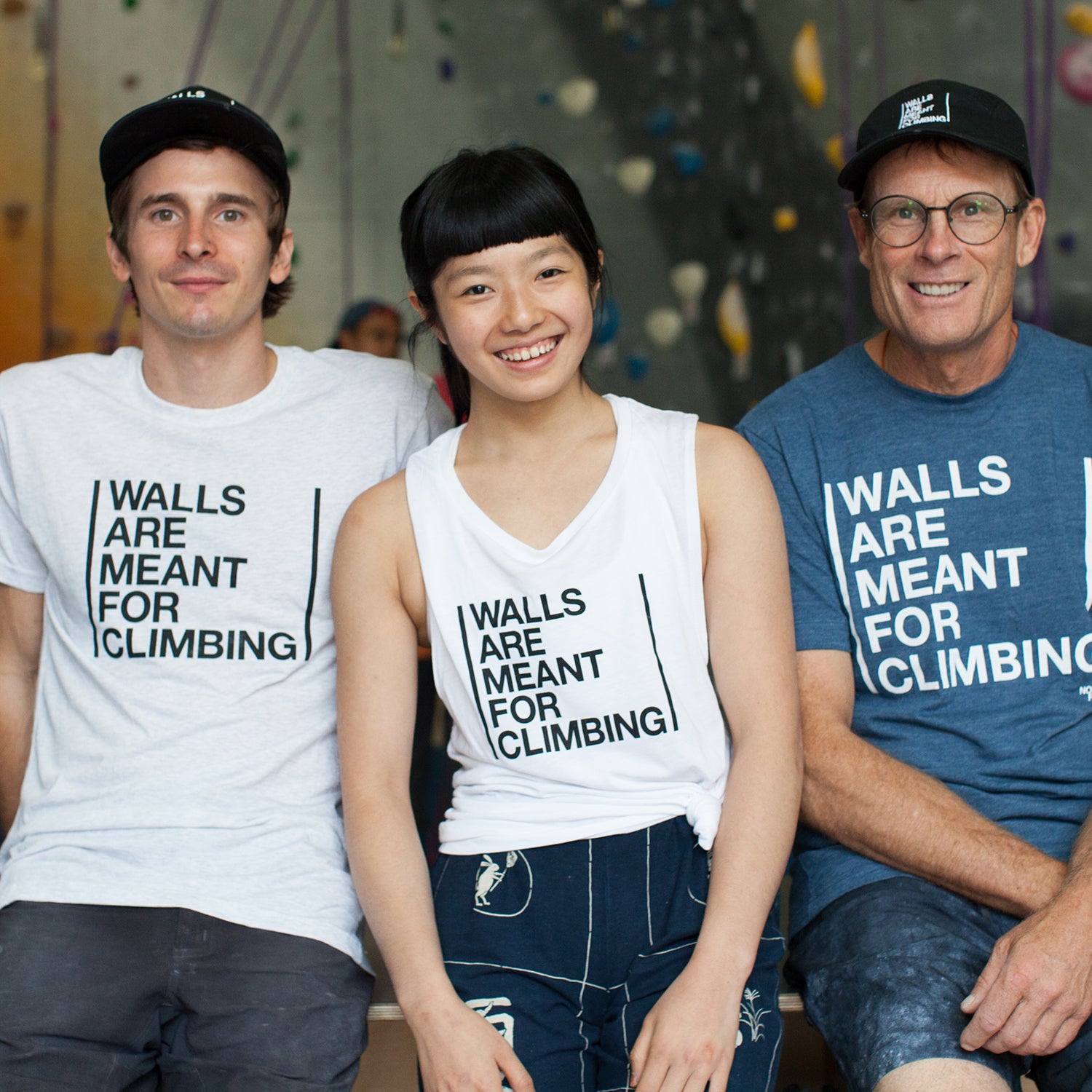Last winter, my two daughters and I became obsessed with climbing at our local gym. The days were short and cold, and spending a couple hours scrambling up the holds after school was the perfect way to exercise together and beat back cabin fever. We could each work on our own routes and progress at our own speed.
My first day there was the girls’ third. They were already old pros at lowering themselves on the auto-belay, while I balked, frozen and panic-stricken, at the top. “Let go, Mama!” they called to me, helpfully at first, but soon with mounting impatience-slash-mortification and dramatic eye rolling. “Just lean back! It will catch you!” Some weeks we went almost every day. There’s almost nothing more satisfying than going home to dinner, pooped, with rubbery forearms and the flush of accomplishment after having finally mastered a new route.
Climbing is a terrific sport for families, but not everyone has access to state-of-the-art facilities. The North Face aims to change that. Next year, the company will build free-to-access outdoor climbing structures in three to five underserved urban areas as part of a campaign to make climbing more accessible to more people. Launched late this summer, created a global day of climbing in which 20,000 people climbed for free at gyms around the world; the company also donated $50,000 to Paradox, an adaptive climbing program for athletes with physical disabilities.
But its crux move was in donating $1 million to the to fund metropolitan outdoor climbing areas in places like New York, Portland, and Chicago. “We’re identifying key cities where there is a need and an opportunity to build something sustainable,” says Mike Ferris, senior director of brand management at The North Face, who adds that the manmade climbing structures will be built in existing parks or on a parcel of land set aside for conservation.
“Urban boulders have a small footprint with a large vertical space for climbers of all ages and abilities to play on side by side,” says alpinist Conrad Anker, who was on hand in New York to help launch the global day of climbing. The structures will be run in conjunction with local gyms to offer lessons, do community outreach, and bring more diversity to the sport.
“A lot of people are using walls to create division—take the social culture of the past 12 months—but for those of us focused on climbing, walls can bring people together,” says Ferris. “By its very nature, climbing is about solving problems. It’s about inclusivity and teamwork.”
Not to mention something we need more of in this world: humility.
“You can always be a beginner in climbing,” says Ferris. “The idea of progression is very real. You can be climbing 5.6 one year and 5.10 the next, 5.13. It’s not just about physical strength. It’s a very intellectual sport. It’s about trying. It’s about the pursuit.”
As for the name and its not-so-subtle message: No, Trump has not weighed in.
Yet.


